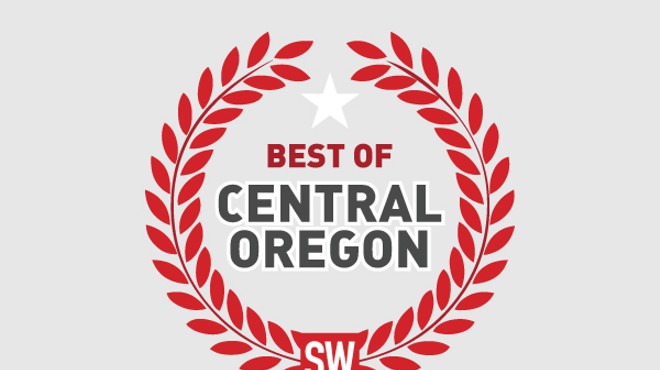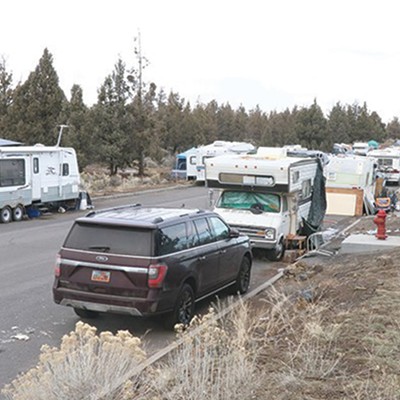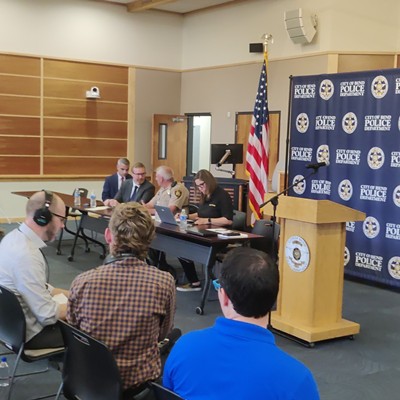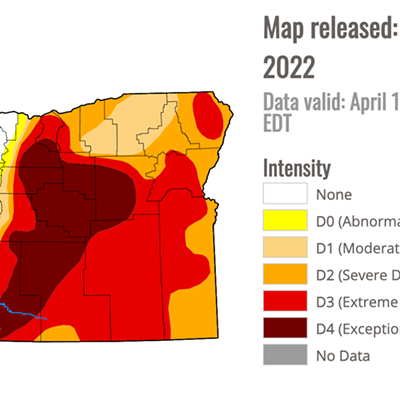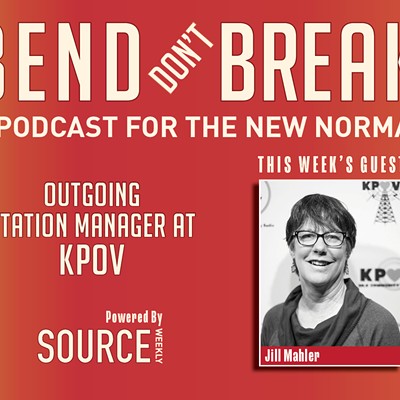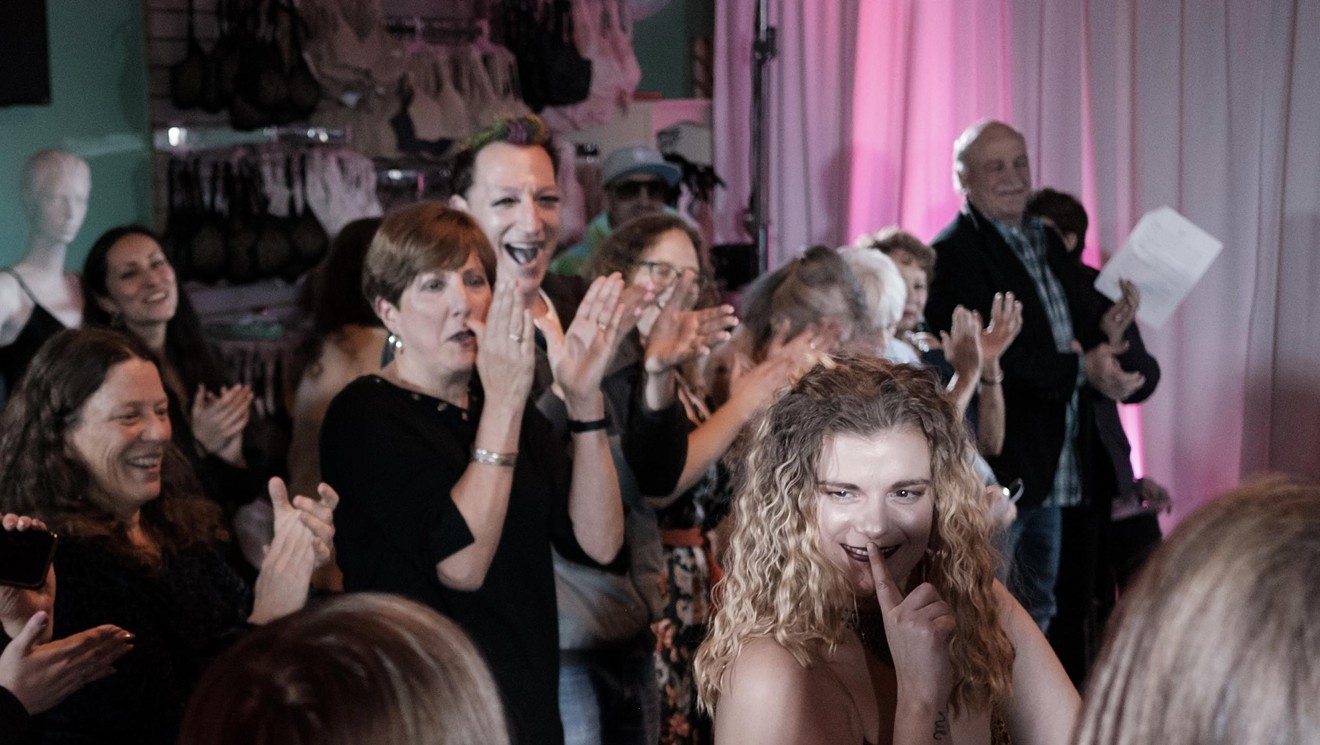They came to find employment in order to help support their families back in China. Some were farm laborers. Some constructed the railroads. Others worked in the mines and forests. Some became cooks; others opened laundries. Portland, Corvallis, Eugene, Jacksonville, John Day, Pendleton, La Grande and Baker City all had substantial populations of Chinese laborers who helped shape Oregon's early history. Two notable Chinese men—one a healer and one a businessman—helped shape the early history of John Day, honored today at the Kam Wah Chung Heritage site.
Gold fever was not only strong in California but in Oregon as well. Between 1862 and 1899, nearly a billion dollars worth of gold—in today's dollar— was extracted from the hills south of John Day. Chinese laborers played an important role in those mines and had an encampment in nearby Canyon City. According to Carol Faulkner, who leads tours at the heritage site, the encampment burned down under suspicious circumstances in 1885. They weren't allowed to rebuild, so they moved to John Day.
"Sometimes on Saturday night, the cowboys would get drunk and ride through here and they would start shooting at the [Kam Wah Chung] building," says Faulkner. From inside the building, bullet holes that penetrated the entry door are clearly visible. Iron sheets were placed over doors and windows for protection.
The Kam Wah Chung building was built in the 1870s and later became home to Ing "Doc" Hay and his business partner Lung On. It served as a store and apothecary for the Chinese population in the area.
Both Hay and Lung On migrated to John Day in the late 1800s, and their building still contains many of the items they left behind. Lung On died in 1940. Hay abandoned the building in 1948 when he became ill, and he died in 1952.
As a young man, Doc Hay was thought to have apprenticed as a healer in China. Practicing in John Day, he would evaluate a patient's health problem by measuring their pulse. "He could read 24 pulse points, and then would devise an herbal formula to treat it," says Faulkner. Today the apothecary contains nearly 500 herbs and other substances that Hay ordered from China. One of the more notable treatments involved using ground up dinosaur bones for mental disorders.
In the early days of his practice, Doc Hay would not assume his patients would have measuring cups in order to mix the correct proportions of ingredients. But almost everyone had beer bottles, so Hay wrote his instructions telling patients how many beer bottles of water to use in the boiling of the medicinal herbs.
The gold mines began shutting down in the late 1800s. Because many Chinese people had left the area by 1900, Hay had to transition his clientele from Chinese to white folks. A major turning point in his acceptance in the community occurred when a local ranching family—whose descendants still live in the area—called Doc Hay to cure their son. He had tetanus, and white doctors said they couldn't help him and expected him to die. Doc Hay treated the young man and he lived.
Soon Doc Hay had patients coming from Washington, Idaho and California. Still, there was hostility from the medical establishment. He was brought up on charges three times for practicing without a license. According to Faulkner, the first time he was acquitted in an hour and a half. The second time, local residents refused to sit on the jury. The third time, the judge threw the case out. By the end of his life, Doc Hay's reputation was well respected in the community. Medical talent seems to run in his family. Hay's great-great-grand-nephew, Robert M. Wah, was elected President of the American Medical Association for 2014-15. Wah is a practicing reproductive endocrinologist and teacher at the National Institutes of Health and the Walter Reed National Medical Center.
Doc Hay's partner, Lung On, was an astute businessman. "He was a bootlegger during prohibition," says Faulkner. Beneath a trap door in the store, approximately 100 bottles of alcohol were found and later confiscated by the city. There was also some opium trade. But that was only one aspect of Lung On's enterprises. He also opened the first automobile dealership east of the Cascades, and he ran the only gas station in the county.
The goal of most Chinese people who came to America was to return home. It was important for them to be buried near family who could tend to their graves. But Doc Hay and Lung On chose to be buried in John Day. "They had ample resources to make another choice, so we assume this became their true home," Faulkner speculates. Indeed, after Doc Hay died, $23,000 in uncashed notes and checks from patients were discovered among his belongings.
Doc Hay's wish was that the building where he practiced medicine be deeded to the city of John Day and turned into a museum. That wish was forgotten when the building was abandoned, only to be discovered by the city in 1967. The building was listed on the National Register of Historic places in 1973 and designated a national historic landmark in 2005.
Kam Wah Chung State Heritage Site
Open daily May 1 - October 31

